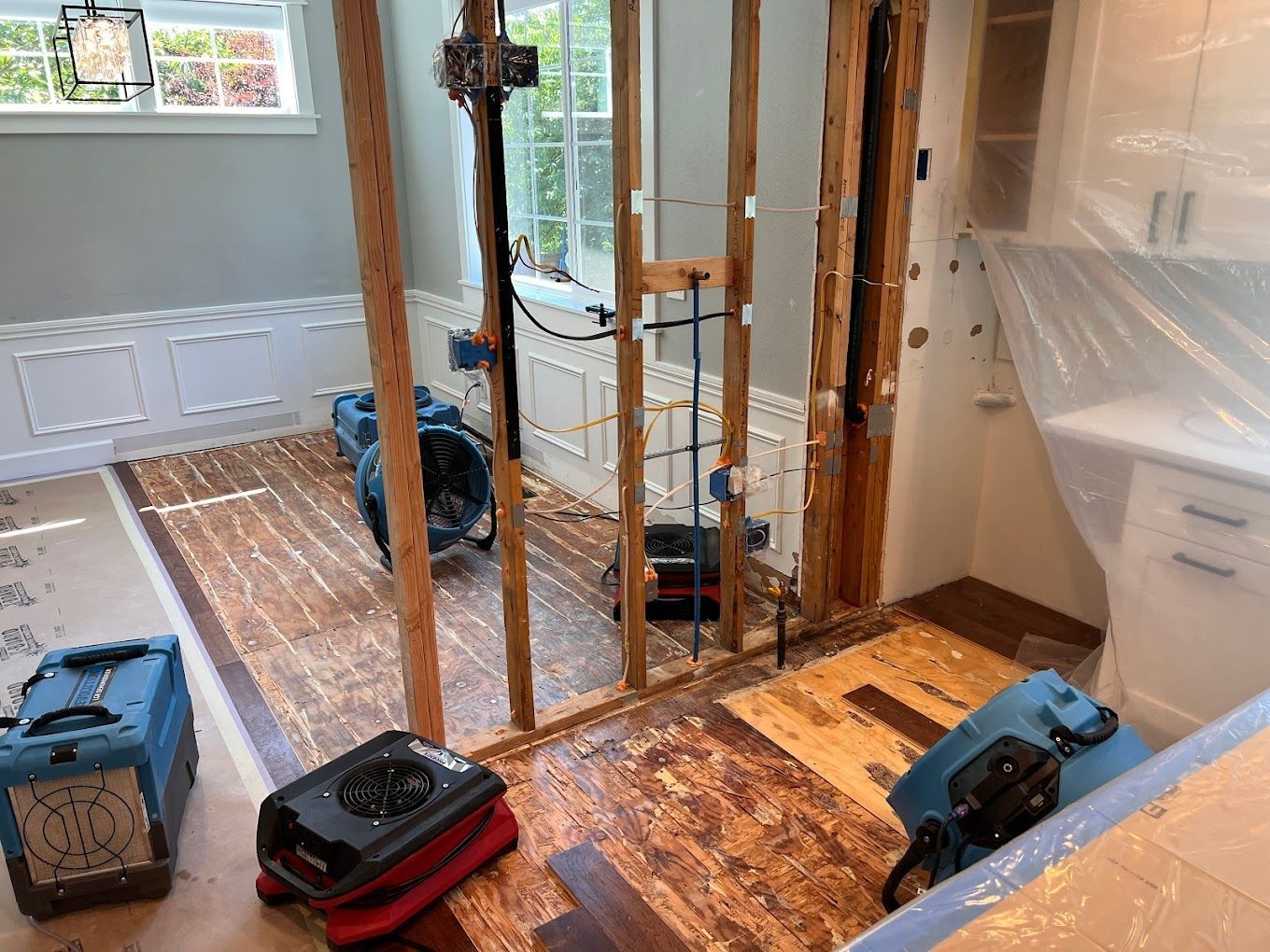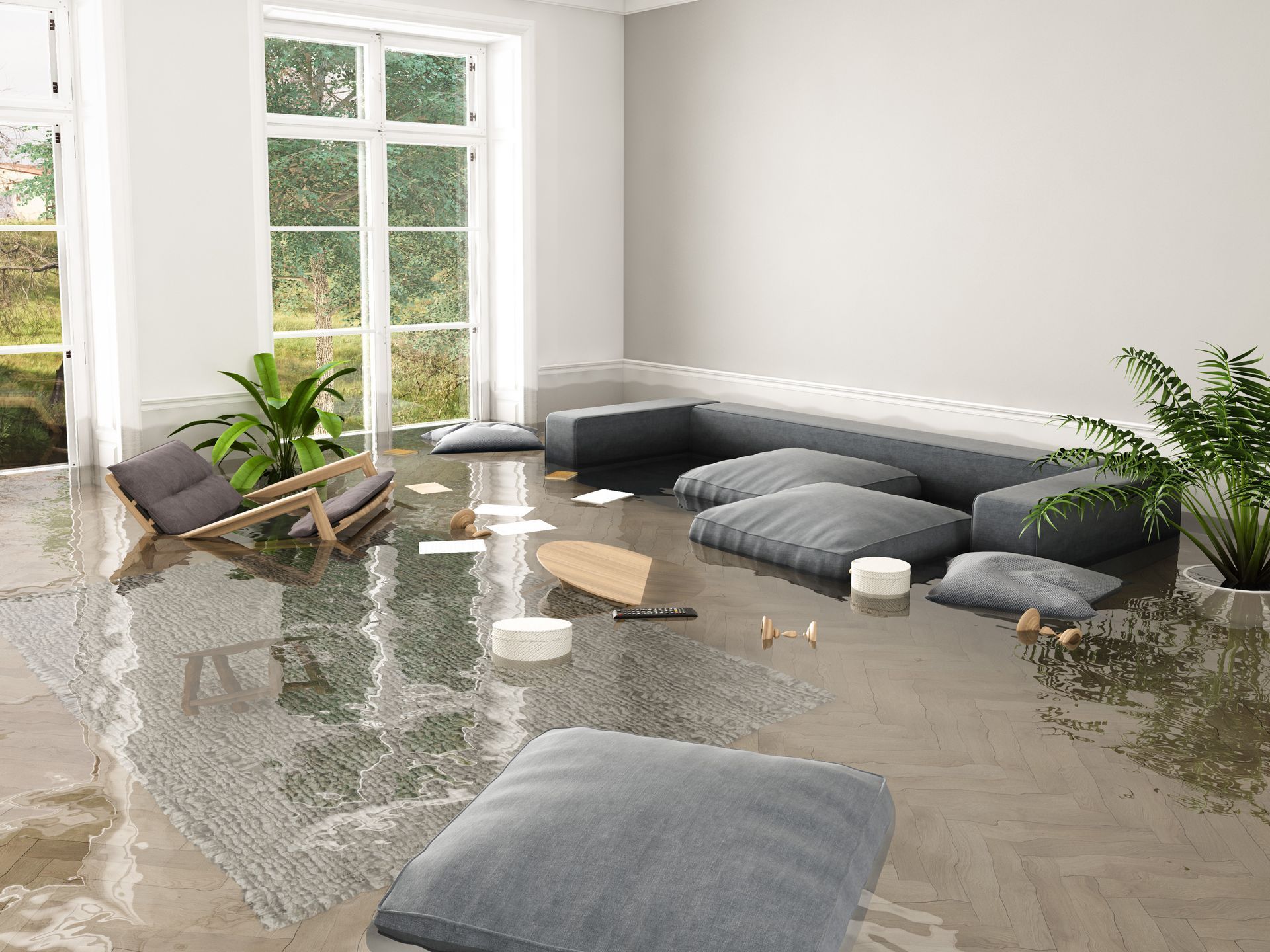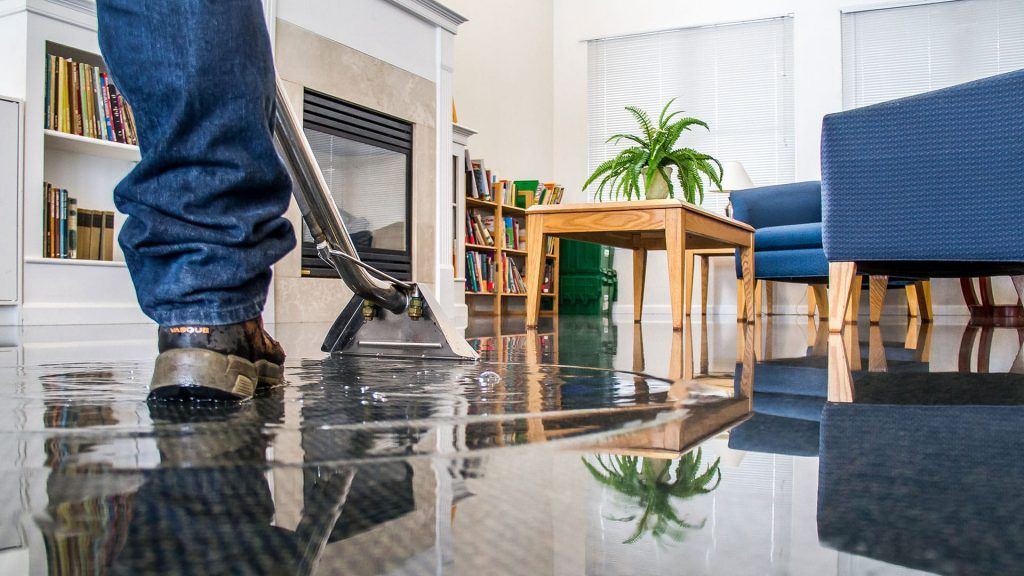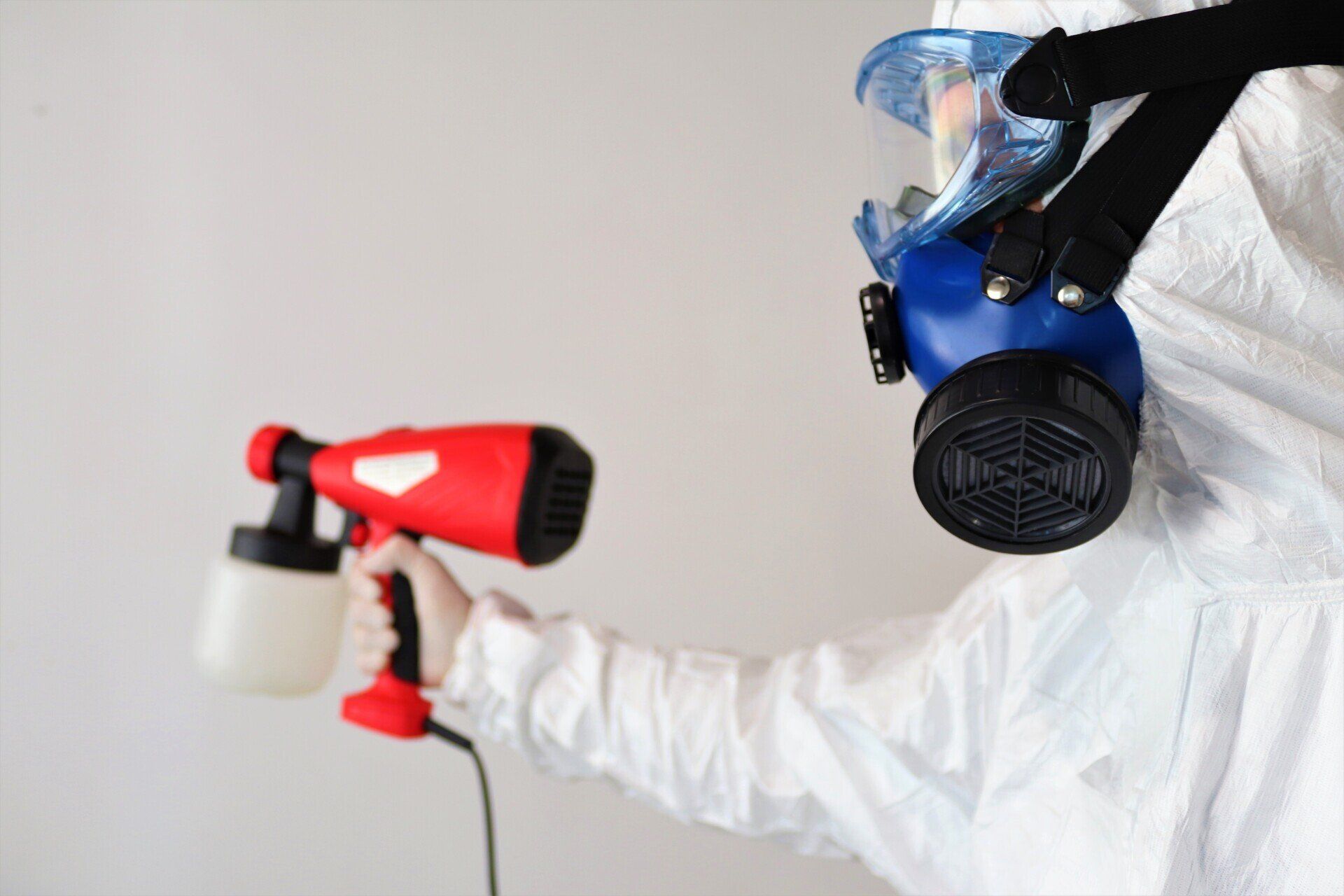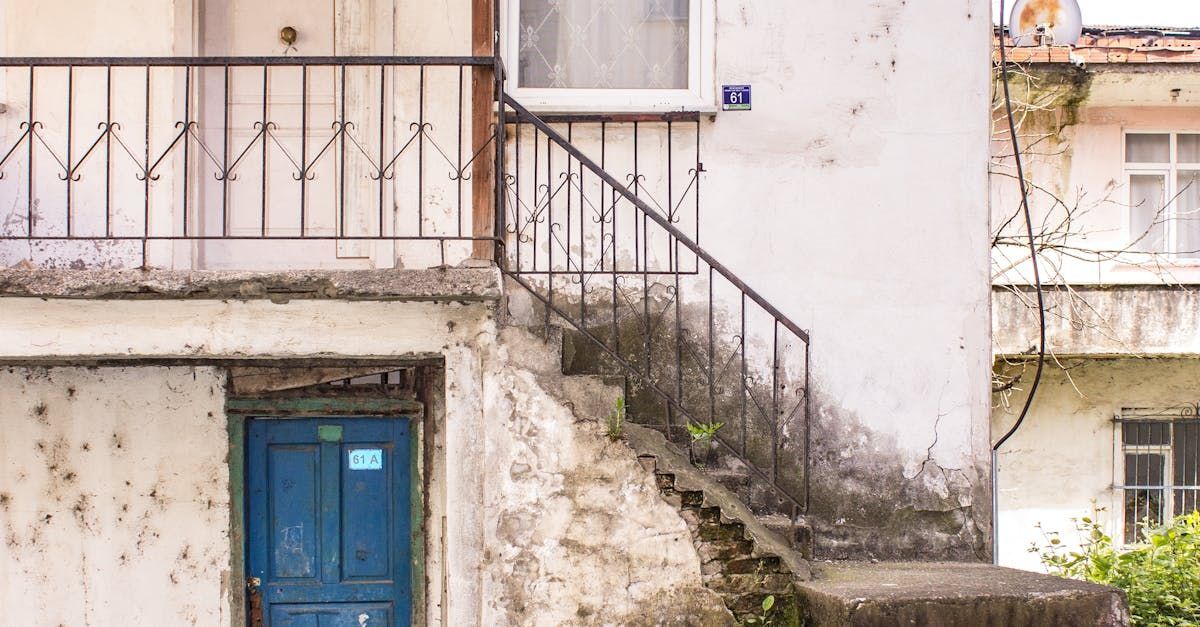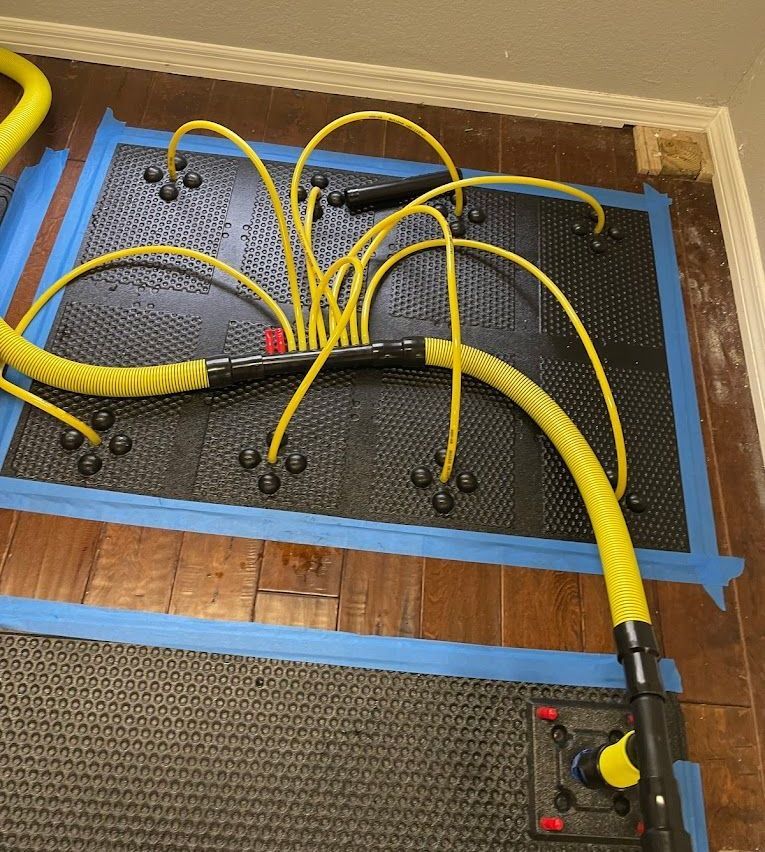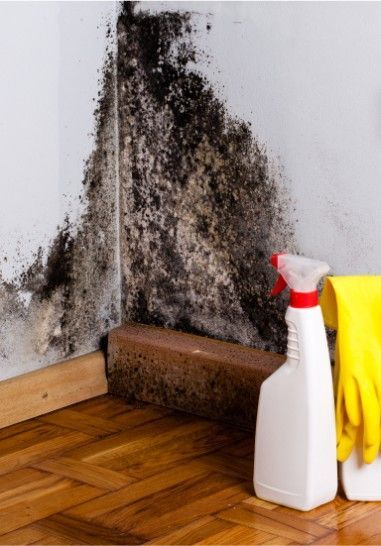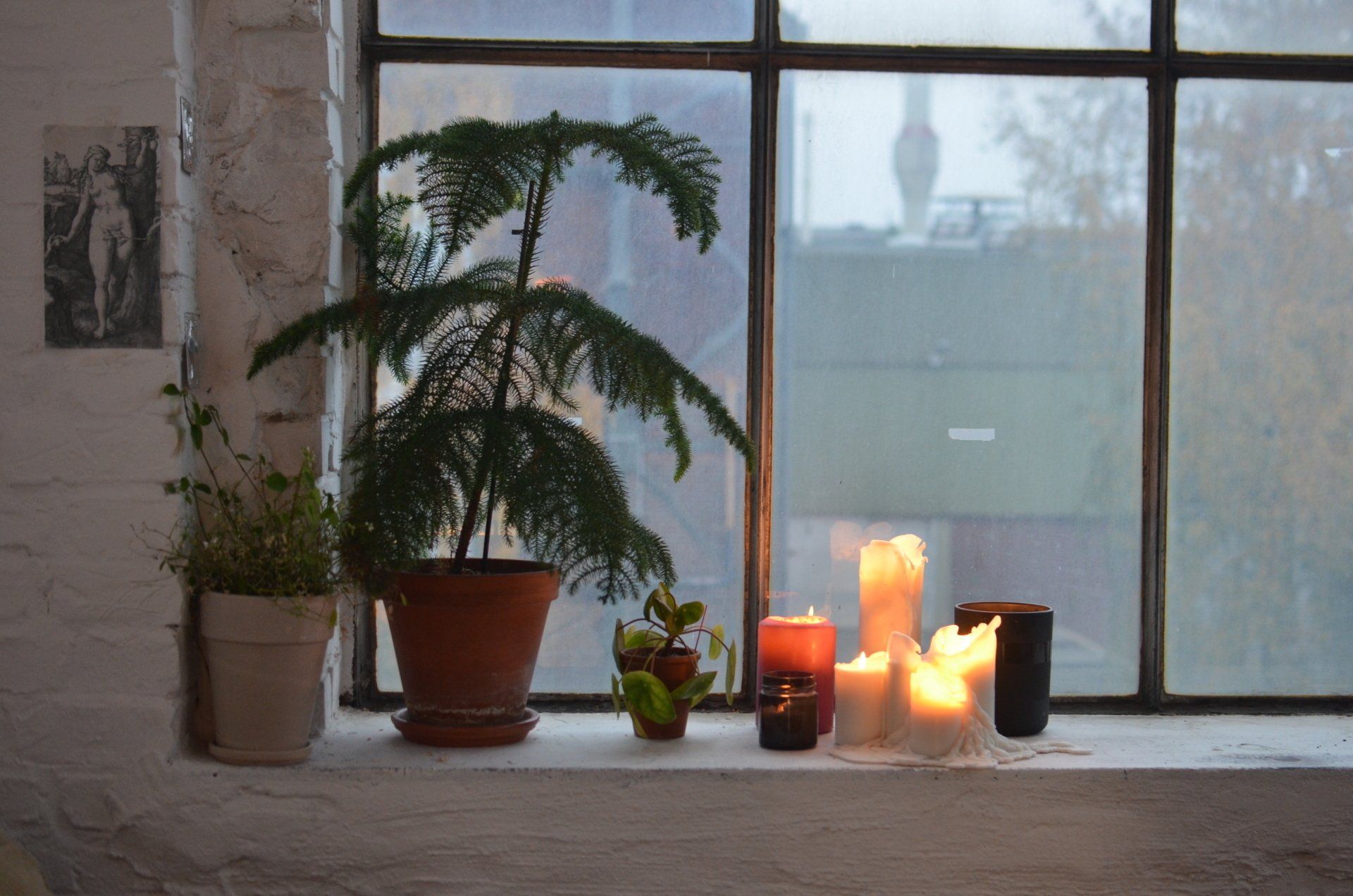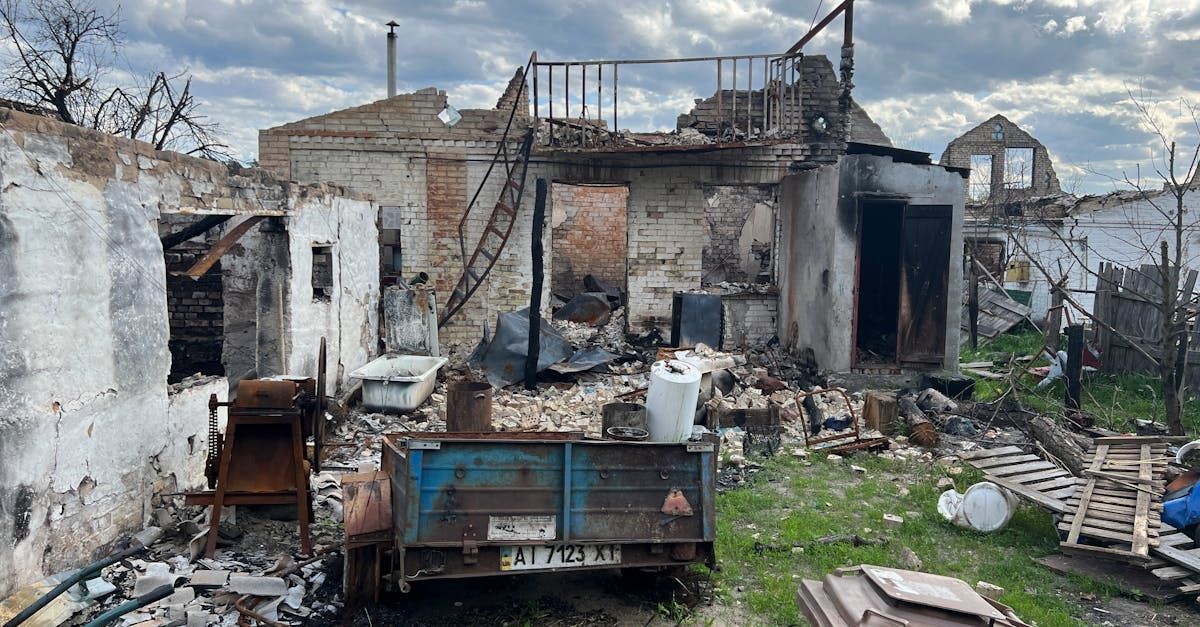The Importance of Mold Testing in Your Home
Why a Home Mold Inspection is Essential to Keep Your Family Safe
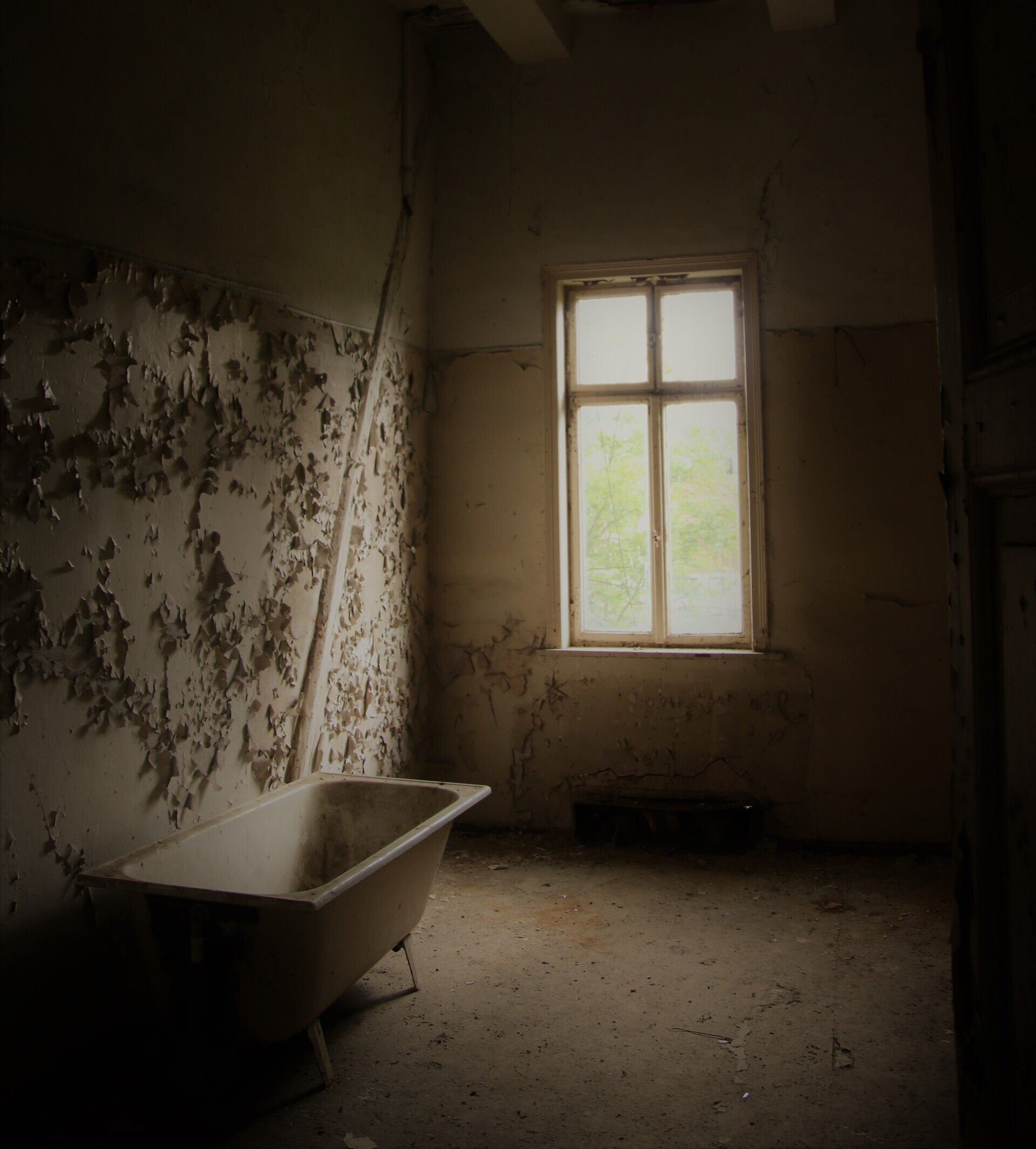
Mold growth can compromise your home's safety, making house mold inspection and mold remediation crucial. Potential sources like damp basements or leaky pipes can lead to significant health issues if left untreated. In this article, we'll delve into the importance of mold inspection, how our mold inspectors detect mold, and the role of mold remediation in ensuring a safe and healthy living environment.
Common Signs of Mold
Mold is an insidious intruder, often occupying spaces unseen, such as behind walls and under flooring. Its silent spread can result in substantial structural damage to your home and pose serious health risks to you and your family. This underscores the importance of a thorough house mold inspection, which is instrumental in mold detection, even in the most concealed areas.
- Musty odors: An unusual musty scent is often the first indication of a potential mold problem. This odor is caused by the microbial volatile organic compounds (mVOCs) produced by mold as it grows and consumes organic material.
- Visible mold: Mold colonies may appear as splotchy patches in a range of colors (from black, blue, green, or even white). These patches may look like dirt or soot and can grow on virtually any surface where moisture is present.
- Water damage: Mold often thrives in areas that have experienced water damage due to leaks, flooding, or condensation. A history of water damage should prompt a thorough mold inspection.
- Increased humidity: High humidity levels create a conducive environment for mold growth. A room's humidity levels should ideally be kept between 30% - 50%.
- Condensation: Condensation on windows, metal pipes, or walls is a sign of high moisture levels in your home, which could foster mold growth.
- Hidden mold: Mold can proliferate in unseen areas such as behind walls, under flooring, and within ceilings. Effective mold detection necessitates a comprehensive house mold inspection conducted by a professional mold inspector, enhancing your chances of spotting hidden mold before it escalates into a serious problem.
Types of Mold
Molds are a common issue in many homes, but what many don't realize is that not all molds are created equal. Here are some common types of molds that a mold inspection can identify and their associated dangers:
- Alternaria: This type of mold is commonly found in your home around damp places like sinks and showers or under leaky roofs. Exposure to Alternaria can cause allergic reactions and asthma attacks.
- Aspergillus: A frequent occupant of house dust, Aspergillus poses risks such as respiratory infections and allergic reactions. In severe cases, it can lead to lung inflammation.
- Cladosporium: This species often finds a home, both inside and outside, in textiles, wood, and other porous, damp areas. It can trigger hay fever and asthma symptoms.
- Penicillium: Often found in insulation, furnishings, water-damaged furniture, and carpets, exposure can lead to chronic sinus infections and inflammation of the lungs.
- Stachybotrys: Also known as "black mold," Stachybotrys thrives in areas that are constantly damp. It produces toxins that can cause a range of health issues, from breathing difficulties to depression and immune system suppression.
- Fusarium: Fast-growing, it can appear in homes with water damage. It's known to worsen asthma and cause allergic reactions.
- Trichoderma: While this mold type has some species that are non-pathogenic, some can produce mycotoxins harmful to humans and animals. It's usually found on damp window frames and in air conditioning filters.
Health Risks Associated with Mold Exposure
Exposure to mold can precipitate a host of health issues, ranging from allergic reactions to severe respiratory and neurological problems. In fact, a study by the Institute of Medicine (IOM) found adequate evidence linking indoor exposure to mold with upper respiratory tract symptoms, coughing, and wheezing in otherwise healthy individuals. Furthermore, it's reported that people with mold allergies may have severe reactions, including fever and shortness of breath. Let's look at some of the health risks of mold.
Allergic Reactions
Mold exposure can trigger allergic reactions in many individuals. Common symptoms include sneezing, runny nose, itchy or watery eyes, and skin irritation. These reactions occur when the immune system responds to the mold spores as if they were harmful substances. Some molds are more likely to cause allergic reactions, including Alternaria and Cladosporium. These molds are commonly found in damp indoor areas like bathrooms and basements and are often identified during a mold inspection.
Respiratory Problems
Respiratory problems are common health risks associated with mold exposure. Symptoms may range from minor irritations like coughing and wheezing to serious conditions like asthma and other chronic respiratory diseases. Molds like Aspergillus and Penicillium are often associated with respiratory problems, particularly in individuals with pre-existing respiratory conditions. These molds can be identified during a professional mold inspection, and prompt mold remediation can help mitigate these health risks.
Headaches and Fatigue
Exposure to molds can often result in headaches and fatigue. These symptoms are especially common with exposure to black mold, or Stachybotrys, which produces mycotoxins that can disturb the central nervous system, leading to chronic fatigue and persistent headaches. Additionally, molds like Fusarium and Trichoderma can also cause similar symptoms due to the mycotoxins they produce. These molds are often found in water-damaged homes, underlining the importance of a thorough mold inspection and remediation in damp environments to safeguard health.
Skin Irritation
Mold exposure can also lead to skin irritation and rashes. Certain molds, such as Alternaria and Aspergillus, can cause a wide range of skin reactions, including redness, itching, and blistering. This occurs when mold spores come into contact with the skin, triggering an allergic reaction. Penicillium, another common indoor mold, can also cause skin inflammation and eczema-like rashes. Therefore, a professional house mold inspection is crucial to identify and remediate these molds, ultimately protecting the skin health of the home occupants.
Fungal Infections
Mold exposure, especially for individuals with compromised immune systems, can lead to fungal infections. Molds like Aspergillus and Fusarium can cause invasive diseases in people with weakened immunity, significantly impacting their health. Aspergillus, commonly found in house dust, can cause Aspergillosis, a group of diseases ranging from mild asthma to severe lung infections. Fusarium, often found in water-damaged homes, can lead to Fusarium keratitis, an infection of the cornea that can potentially lead to vision loss. A comprehensive home mold inspection and remediation can help curb the growth of these molds and reduce the risk of fungal infections.
Neurological Symptoms
The link between mold exposure and neurological symptoms is a growing area of research. Some molds, notably Stachybotrys, or "black mold," produce mycotoxins that can affect the central nervous system, causing symptoms such as memory loss and mood changes. A study published in the Journal of Neuroinflammation found that exposure to Stachybotrys chartarum specifically could induce neuroinflammation and cognitive impairment in mice. Similarly, exposure to Penicillium, a common mold in damp indoor environments, has been associated with neurotoxic effects. Therefore, a professional mold inspection and remediation are crucial in maintaining a healthy living environment and protecting neurological health.
Immunological Reactions
Exposure to molds can trigger immunological reactions, with symptoms ranging from mild fever to severe respiratory distress. Certain molds, like Aspergillus and Stachybotrys, possess antigens that can stimulate an immune response when inhaled or ingested. This response may manifest as fever, shortness of breath, and fatigue as the immune system fights against the perceived threat. Aspergillus, for instance, can cause hypersensitivity pneumonitis, an immune-mediated lung disease, in vulnerable individuals. This underlines the importance of regular mold detection and remediation to safeguard immune health.
Toxicity From Mycotoxins
Some molds produce mycotoxins - toxic compounds that can cause a variety of health issues. Stachybotrys, or "black mold," is infamous for its production of mycotoxins that can lead to serious health problems, including neurotoxic effects and suppressive effects on the immune system. Similarly, Fusarium molds produce fusaric acid, a mycotoxin linked to skin and eye infections. Exposure to these molds, especially in a damp indoor environment, underscores the need for a professional mold inspector and rigorous mold remediation to mitigate the risk of mycotoxin-induced toxicity.
Sudden Infant Death Syndrome (SIDS)
Emerging research suggests a potential link between indoor air pollutants, including mold, and Sudden Infant Death Syndrome (SIDS). A study conducted by the National Institutes of Health (NIH) indicated that infants in homes with high concentrations of mold and other pollutants had an increased risk of SIDS. Exposure to mold can lead to respiratory distress and compromise an infant's delicate immune system, increasing vulnerability to SIDS. Therefore, a professional mold inspection and remediation are critical steps in maintaining a safe environment for infants.
The Mold Testing Process
The mold testing process begins with a professional mold inspector conducting a thorough home
mold inspection. They collect air and surface samples to detect mold presence and species. Air samples can identify airborne mold spores, while surface samples detect visible mold growth. These samples are then sent to a laboratory for analysis. The resulting data, including mold type and concentration, are interpreted by professionals to identify potential health risks and design an effective mold remediation plan. This process underscores the importance of professional mold detection to ensure a safe and healthy living environment.
Preventing Mold Growth
Preventing mold growth is a critical aspect of home maintenance. Excess moisture, a key catalyst for mold development, can be minimized through effective water damage control and by maintaining adequate ventilation, particularly in damp-prone areas such as bathrooms and basements. Regular upkeep of roofing and plumbing systems can mitigate potential leaks, while the use of
dehumidifiers can help manage humidity levels, thus creating an unfavorable environment for mold growth. Proper insulation can also prevent condensation, another common source of moisture. These steps, alongside regular mold inspections, are vital in ensuring a mold-free, healthy home environment.
Protect Your Home With All Things New Restoration
Exposure to mold poses serious health risks, making regular mold inspections crucial for a safe home. From skin irritation to neurological symptoms, mold can significantly impact your well-being. Thankfully, All Things New Restoration offers professional mold detection and remediation services. Trust us to protect your home from mold. Contact us today for your home mold inspection, and let us help create a healthier living environment for you.

